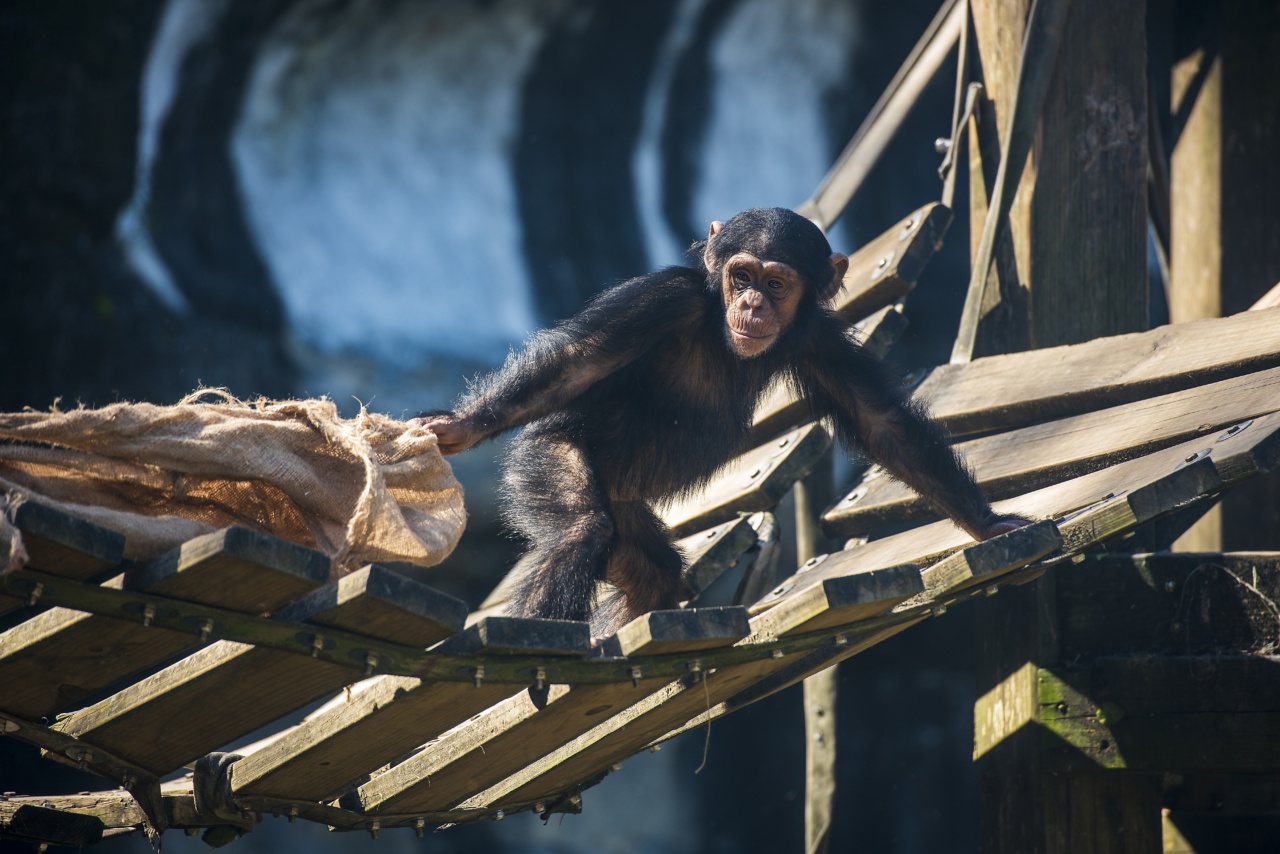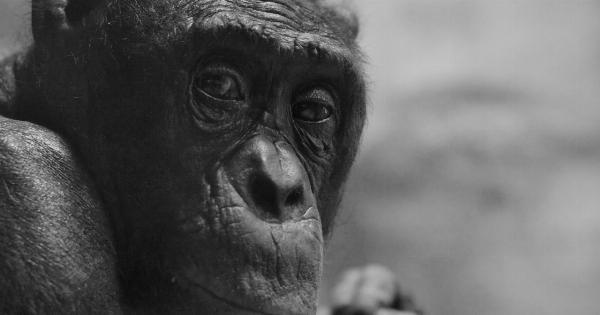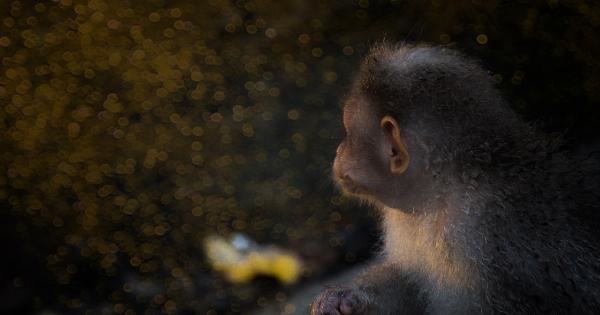Monkeypox is a rare viral disease that affects both humans and animals. The disease was first identified in the Democratic Republic of Congo in 1958, and since then, there have been several outbreaks reported in Central and West African countries.
However, in recent years, the disease has started to emerge outside of Africa, with cases reported in the United States, United Kingdom, and Singapore. In this article, we will trace the origins of monkeypox in the Iberian Peninsula.
What is Monkeypox?
Monkeypox is a viral disease similar to smallpox, with symptoms such as fever, headaches, muscle aches, and rashes appearing on the face and body. While the disease is rare and often mild, there have been cases of severe illness and even death reported.
The disease is caused by the monkeypox virus, which can be transmitted to humans through contact with infected animals or their bodily fluids.
The Origins of Monkeypox in the Iberian Peninsula
The first case of monkeypox in the Iberian Peninsula was reported in 2003 in the city of Barcelona, Spain. The patient was a person who had recently traveled to West Africa and had been in contact with primates.
This was followed by another case reported in Portugal, where a man had been in contact with rodents that were kept as pets in his home.
It is believed that the spread of monkeypox to the Iberian Peninsula was due to the growing popularity of exotic pets and an increase in international travel to West and Central African countries.
In recent years, there have been several cases reported in the United Kingdom, where the disease was transmitted from pet prairie dogs that had been imported from West Africa.
Treatment and Prevention of Monkeypox
Currently, there is no specific treatment or cure for monkeypox. However, supportive care can help manage symptoms and prevent complications. This includes administering antiviral drugs, pain relief medication, and fluids.
In addition, strict measures need to be taken to prevent the spread of the disease, including strict hygiene practices, isolation of infected individuals, and contact tracing.
The best way to prevent monkeypox is through vaccination, especially for individuals who are at high risk of exposure, such as healthcare workers, laboratory staff, and individuals who work with animals or in areas where the disease is known to occur.
The vaccine is made using the smallpox vaccine, and current evidence shows that it provides protection against monkeypox.
Conclusion
Monkeypox is a rare disease that can have severe consequences for those infected.
While the disease was first identified in Africa, it has started to emerge outside the continent, with cases reported in the Iberian Peninsula, United States, United Kingdom, and Singapore. The spread of monkeypox can be prevented through strict hygiene practices and vaccination.
As the popularity of exotic pets continues to increase, it is essential to raise awareness about the risks associated with owning and handling these animals, and to take necessary measures to prevent the spread of disease.































